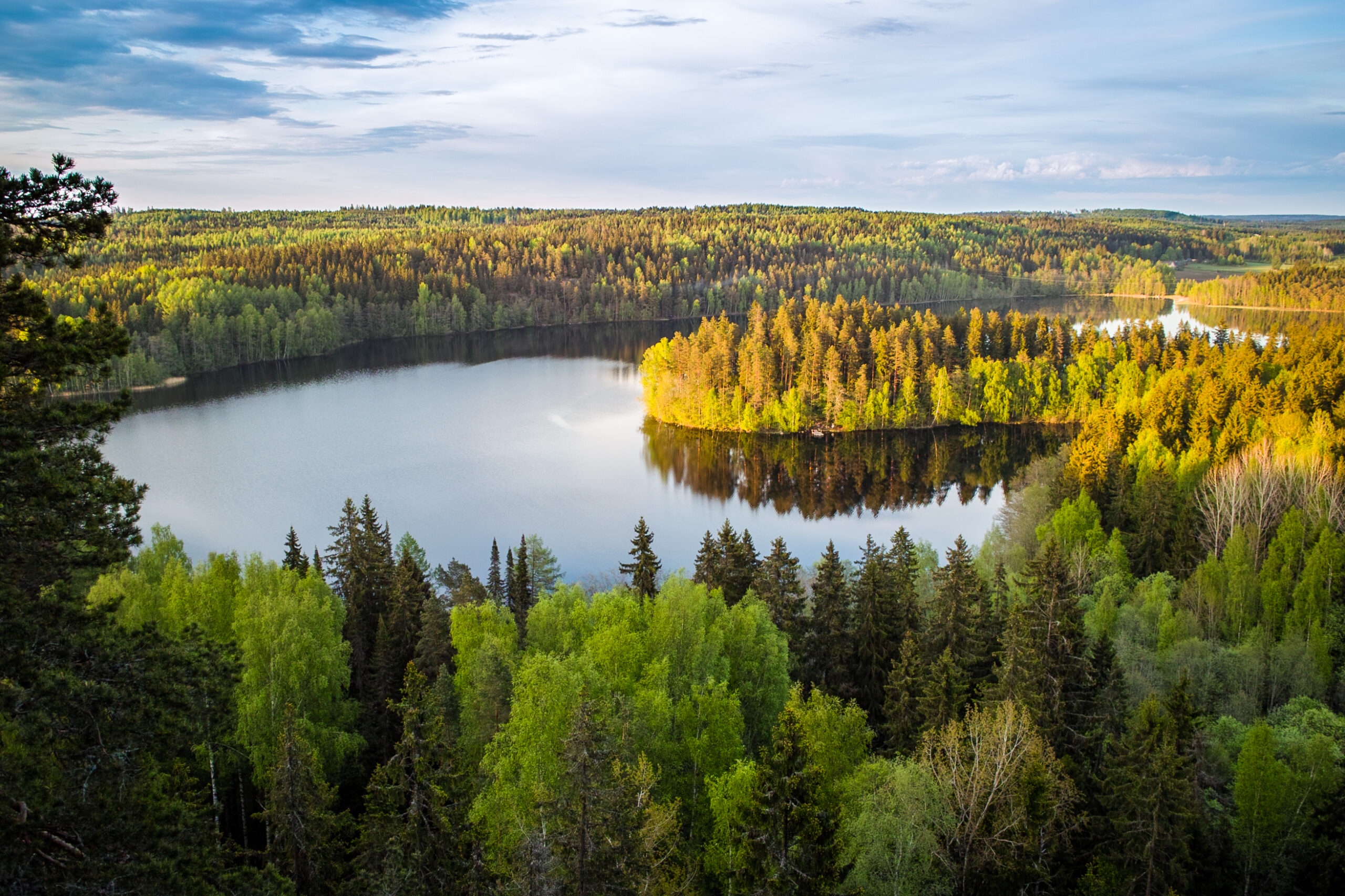The science-based target for Nature – at the core of business strategy
The science-based target for Nature (SBTs for Nature) is leadership’s next must-have. Biodiversity loss and degradation of nature are increasing; therefore, businesses need to take biodiversity into account when creating their strategies and sustainability reports.
Biodiversity loss influences ecosystems, species extinction and the natural resources humans need. Companies working in forestry, farming, convenience, and infrastructure industry will be impacted first.
Science-based Targets (SBTs)
Science-based means acting within limits of the earth’s carrying capacity that are favorable and safe for nature and humans, and determined by scientifically studied information. Additionally, target needs to be measurable, time-bound and impact the company’s activities.
The most known SBTs are Science-based Targets for Climate. SBT for Climate is widely known and globally used by various companies. The initiative is based on science-backed knowledge of how to cut greenhouse gas emissions globally to preserve living conditions. Companies committed to SBTs achieve on average better results than those not committed to SBTs.
What are science-based targets for Nature?
Science-based Target Network, SBTN, is preparing a Science-based target for Nature (SBT for Nature) model for companies, just like the Science-based target for Climate (SBT for Climate). In the SBT for Nature, companies will find guidelines for leading and reporting on companies’ actions to prevent future biodiversity loss.
The model will include the following steps:
- Evaluate. Carry out a materiality assessment. Look at the business value chain.
- Interpret and prioritize. Identify the affected areas. Prioritize.
- Measure, set goals & report. Set the base level. Plan your observation. Set goals. Report baseline and goals.
- Act. First of all, avoid adverse effects. Reduce them. Protect and restore. Convert.
- Track the impact of your results. Report. Verify.
SBT for Nature will cover biodiversity, freshwater, ocean, and land. The model is still under development, currently, the principles, elements and guidelines are being tested. The first part of SBT for Nature V1, is published in March 2023
How does Science-based Target for Nature differ from SBT for Climate?
Science-based Targets for Climate aims to stop global warming to 1.5 degrees Celsius in accordance with the Paris climate agreement. Companies committed to climate goals have one clear goal, reducing greenhouse emissions. How the goals are achieved is freely up to the companies, and progress is easy to measure.
Currently, there is no global goal to protect nature, as there is for the climate. Prevention of biodiversity loss is location-bound, both in terms of influencers and consequences. Reducing greenhouse emissions is not location-bound.
The decrease in biodiversity is accelerated by changing, diverse and interacting factors. Biodiversity loss does not manifest itself in the same way globally, in which case protecting biodiversity and monitoring progress requires location-related goals.
SBT for Nature considers several different dimensions: water bodies, and the well-being of the soil and the seas, and requires site-specific plans and goals. Companies must therefore have separate goals for the use of fresh water, pollution of fresh water and so on.
Ecobio’s biodiversity services for companies
We offer biodiversity services ranging from research to leadership consulting. The expertise of Ecobio’s biodiversity team is created at the intersection of many disciplines – from the cooperation of specialists in biology, geography and management.
We will be happy to discuss more how you can move forward in taking nature into account in your business.
Ecobio is the expert partner of leading companies in biodiversity.
Contact Us
We help you balance business and nature

